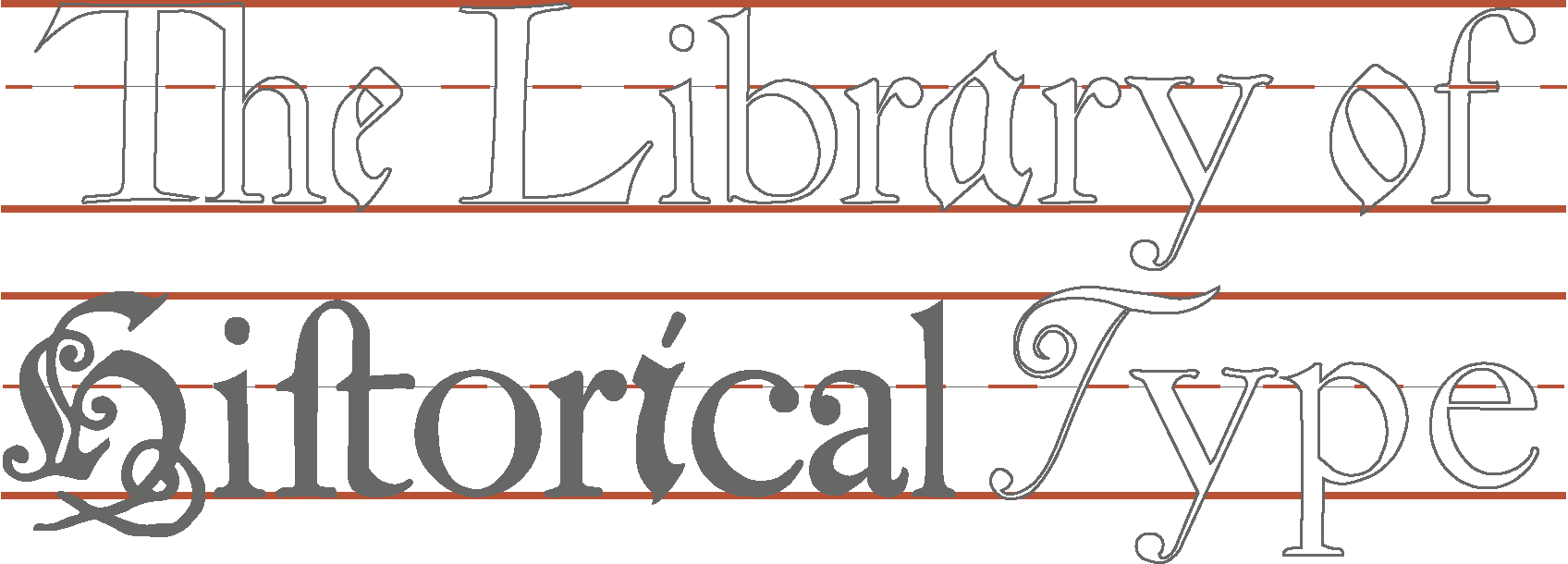Johannes Gutenberg : Man of Mystery
It was long accepted as a plain fact not only that the invention of printing changed the world, but that printing was invented by white European man (a German, to be more specific) named Johannes Gutenberg, in the city of Mainz in the mid-15th century. If we wanted to get more technical, maybe we could specify that Gutenberg invented "moveable type" and that he invented a process for casting type that has remained unchanged since the 15th century, and that after producing his famous 42-line and 36-line Bibles, Gutenberg's business was taken over by his former business partner Johann Fust, who sued Gutenberg into bankruptcy over an unpaid loan.
The problem with most of the information in the foregoing paragraph, however, is that it is either A) blatantly untrue or B) based on very little evidence, or C) contradicted by what we see when we look at the letterforms in Gutenberg's two bibles.
To start with the blatant myths, Johannes Gutenberg did not invent either printing or movable type, as Robert Bringhurst explains:
Printing from movable type type was first invented not in Germany in the 1450s, as Europeans often claim, but in China in the 1040s. In preference to Gutenberg, we should honor a scholarly engineer by the name of Bì Shēng (畢昇). The earliest surviving works printed in Asia from movable type seem to date from the thirteenth century, but there is a clear account of the typesetting process, and Bì Shēng's role in its development, by the eleventh-century essayist Shěn Kuò (沈括). The new technology reached Korea before the middle of the thirteenth century and Europe by the middle of the fifteenth. There it intersected the already long and fertile history of the roman letter.
As is the case with William Shakespeare, we do have some very scarce documents which show what Johann Gutenberg may have been up to at different points of his career. Around 1439, he appears in the city of Strasburg, joining in a partnership to produce Spiegeln (mirrors) which might be used by religious pilgrims. Sometime between 144 and 1448, Gutenberg moved from Strasburg to Mainz, in which his relative takes out a loan on his behalf. We next hear about Gutenberg from documents showing the famous legal proceeding against him by his business partner Johann Fust, who subsequently becomes one half of the most significant duo of Mainz printers to carry the fledgling industry forward. Whether Gutenberg continued to print after this lawsuit ended or was bankrupted by Fust remains a subject of scholarly debate.
